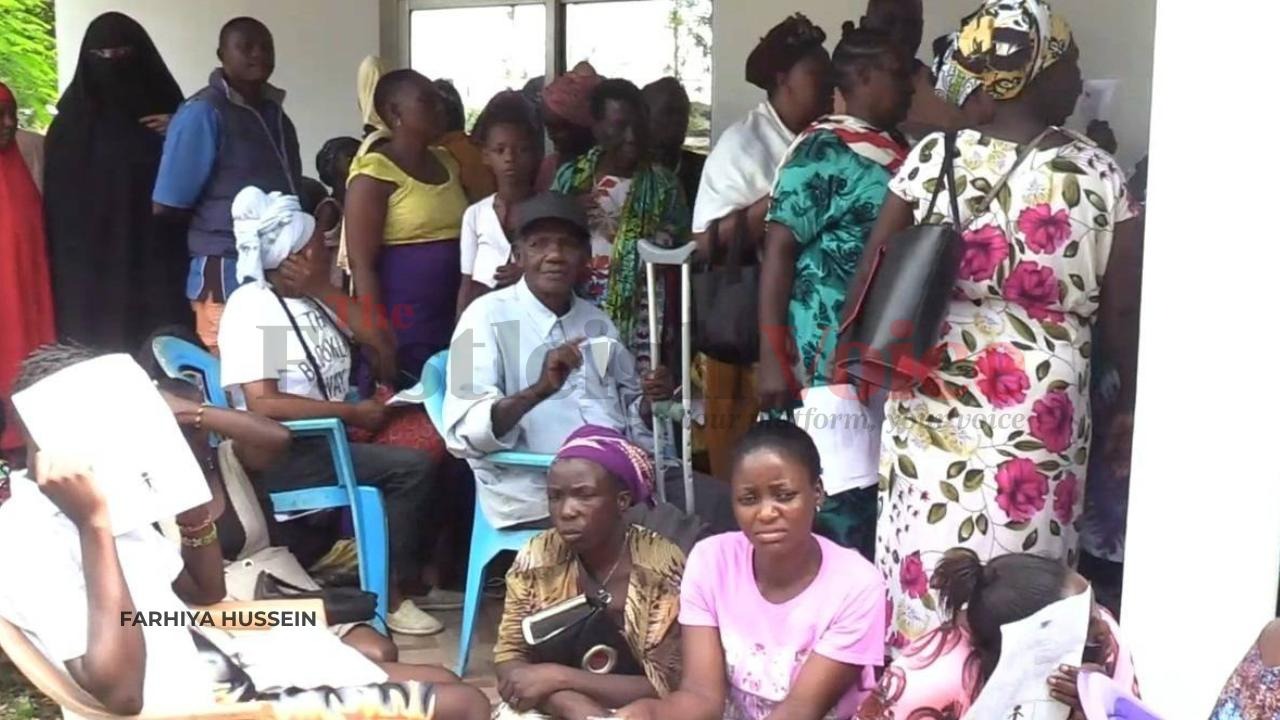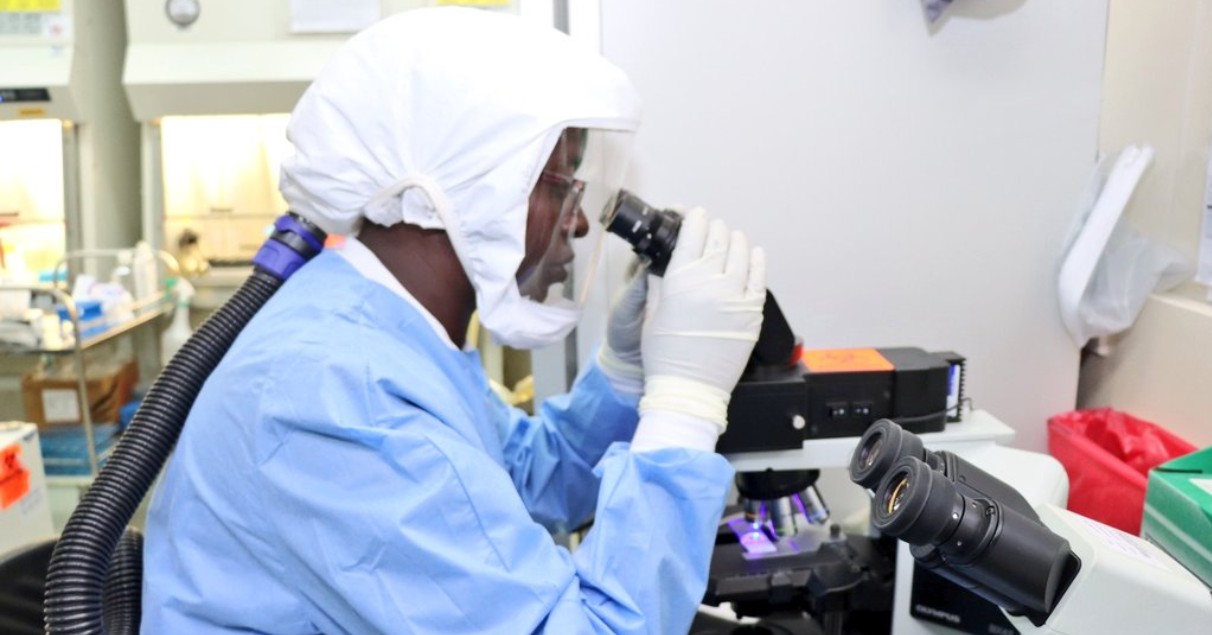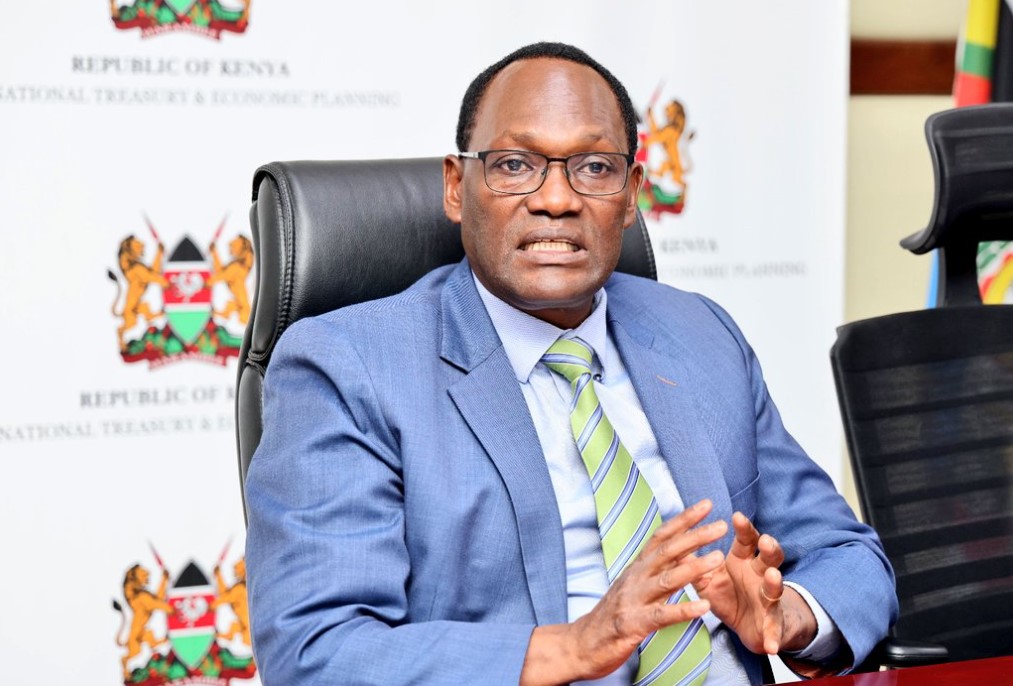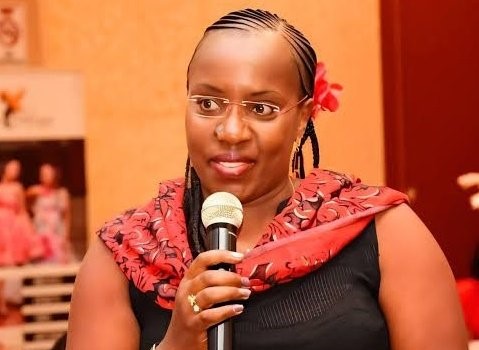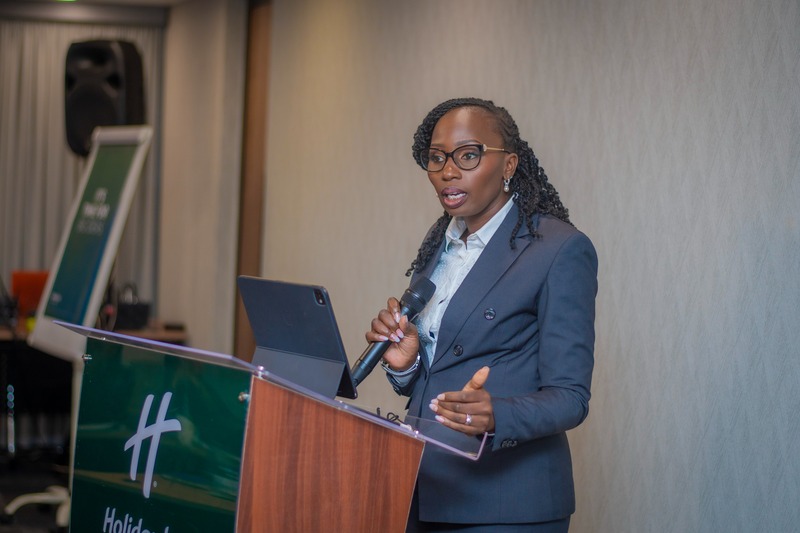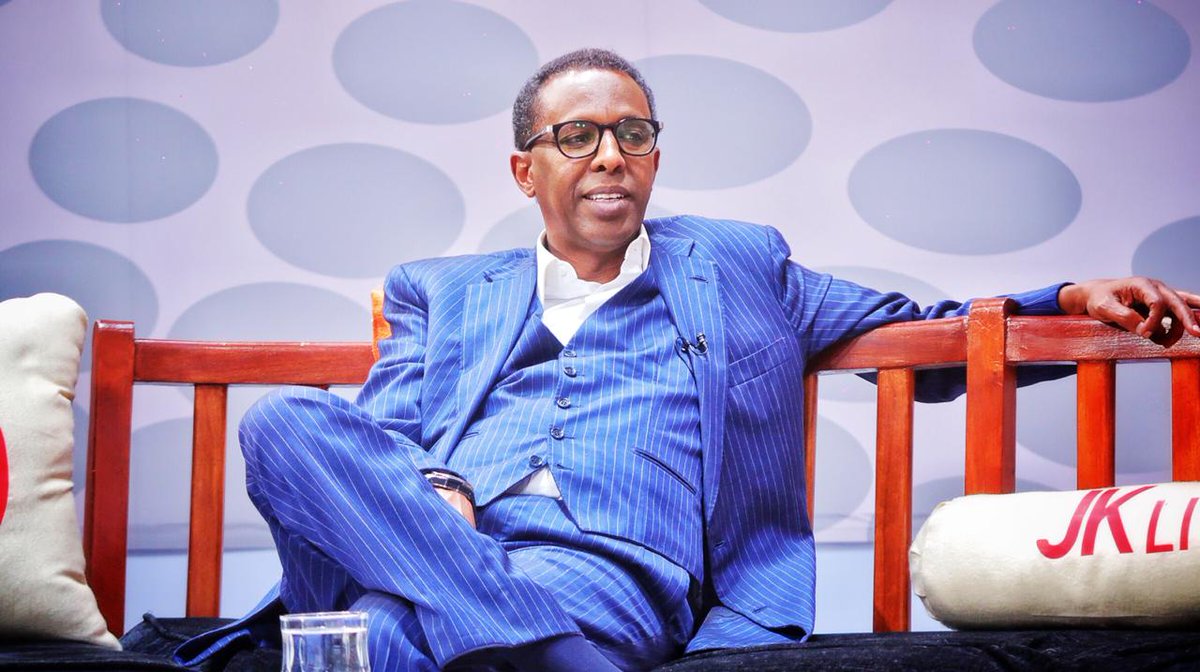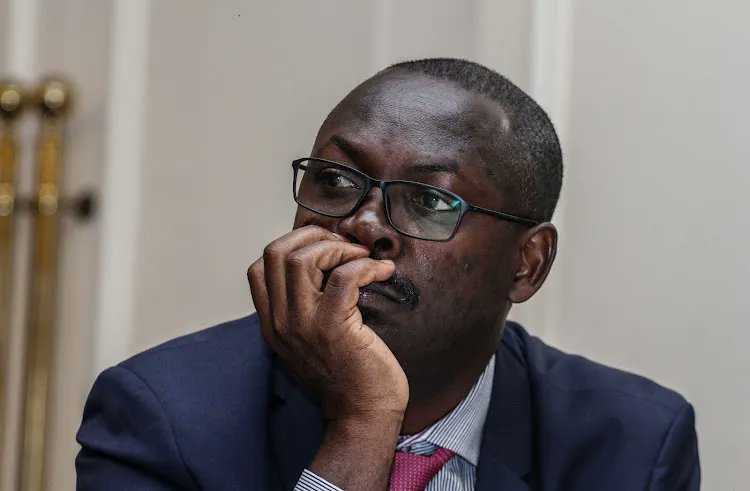School heads urge minimum funding threshold as capitation shortfall hits Sh18 billion
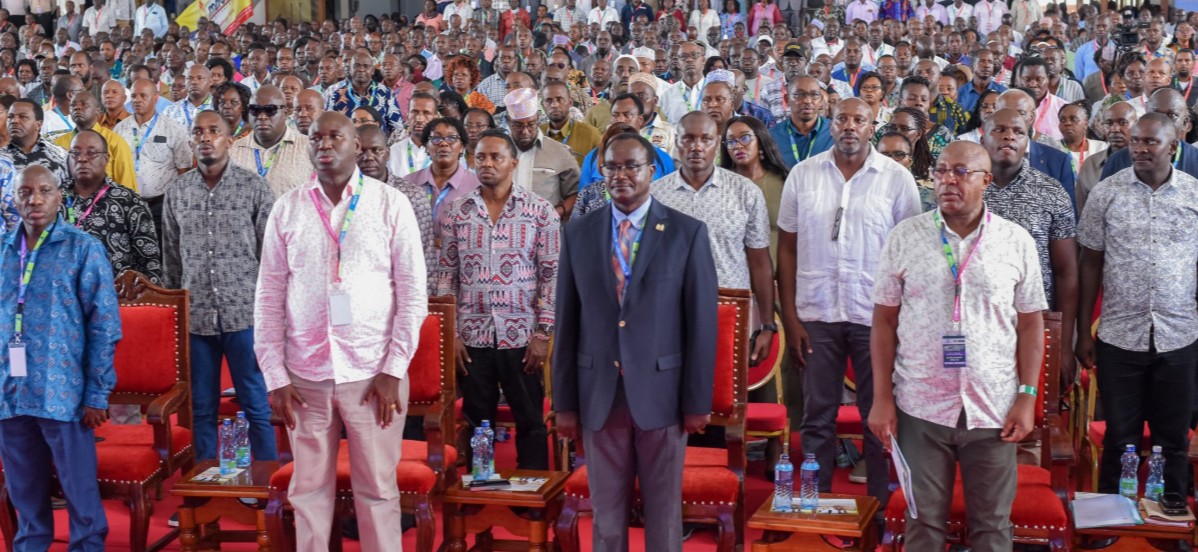
The school heads say many students remain unfunded due to challenges with the National Education Management Information System (Nemis), leaving institutions unable to meet operational needs.
More than 7,000 secondary school principals are urging the government to set a minimum funding threshold for low-enrolment schools and temporarily suspend infrastructure funding to focus on clearing mounting debts, citing severe financial strain caused by delayed and inadequate capitation disbursements.
The school heads say many students remain unfunded due to challenges with the National Education Management Information System (Nemis), leaving institutions unable to meet operational needs.
More To Read
- Report exposes funding gaps, staff shortages and infrastructure failures in schools
- MPs demand action over 9,000 pupils who missed 2023 KCPE
- PS Carren Ageng'o calls for stronger child protection in ECD schools
- Sh18 billion capitation delay pushes secondary schools to the brink
- Government allocates Sh980 million to retrain teachers for 2026 CBC senior school rollout
- New cluster model replaces national and county school categories in senior school reform
Through the Kenya Secondary Schools Heads Association (Kessha), the principals urged the Ministry of Education to resolve funding and capitation challenges affecting public secondary schools, and to ensure all students are captured in NEMIS, which is the primary tool used to allocate government capitation. They said students often miss out on funding because they lack birth certificates, which are required for registration on the platform.
“Activity funds at all levels should be disclosed to help schools bridge financial gaps,” Kessha National Secretary Abdi Noor said during a conference in Mombasa.
The school heads are also pushing for a policy requiring capitation and school fees to be reviewed every three years to reflect inflationary trends. They warned that the current capitation model is outdated and inadequate for the rising cost of education.
Present economic realities
According to Kessha Chairperson Willie Mwangi, the current capitation rate of Sh22,244 per student annually was last revised seven years ago and does not reflect present economic realities.
“The working population for 2025 capitation disbursement stands at 3.2 million learners. For Term One, the expected allocation was Sh11,122, but we received only Sh8,818, leaving a balance of Sh2,304,” Mwangi said.
He added that for Term Two, schools were supposed to receive 30 per cent of the annual allocation, translating to Sh6,673 per student. However, only Sh3,471 was released, creating a shortfall of Sh3,202 per learner.
“The undisbursed funding for this year stands at Sh18 billion – that is Sh7.5 billion for Term One and Sh10.5 billion for Term Two,” Mwangi said.
The association called for urgent guidance on how schools should handle these funding shortfalls, particularly in light of a government directive requiring institutions to release certificates to all Form Four graduates regardless of fee arrears. They said the directive, while noble, has left schools financially exposed.
Boarding and lunch fees
Principals also want a review of boarding and lunch fees to reflect the cost of living.
Noor urged the Teachers Service Commission (TSC) to expand the classification of job groups from D5 to D7 and expedite promotions for acting principals who have served for more than six months, especially in arid and semi-arid lands (ASAL) counties.
In addition, the heads called on the TSC and teachers’ unions to craft a new collective bargaining agreement that adequately addresses remuneration issues. They also proposed a reassessment of gratuity for support staff given their contributions to the National Social Security Fund (NSSF).
While expressing commitment to implementing the new Senior School pathways, the principals appealed to the government to strengthen the Kenya Institute of Curriculum Development (KICD) to enable the timely development and evaluation of learning materials.
“Only the highest quality textbooks should be approved for schools,” Noor said.
The 48th Kenya Secondary School Heads Association (KESSHA) Annual National Conference took place at Sheikh Khalifa Bin Zayed Secondary School in Mombasa County.
The five-day forum, themed “Embracing Pathways in Senior School under the Competency-Based Education (CBE)”, aimed to deepen discussions around the implementation of senior secondary pathways and the positioning of senior school education as a key pillar in Kenya’s education reform agenda.
Top Stories Today





